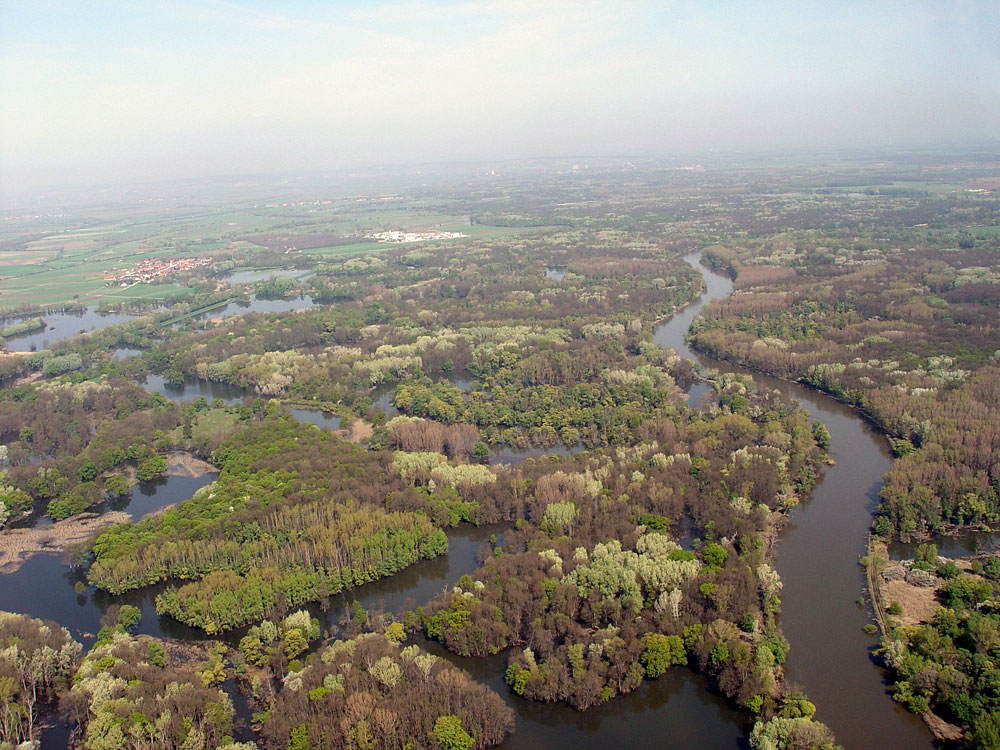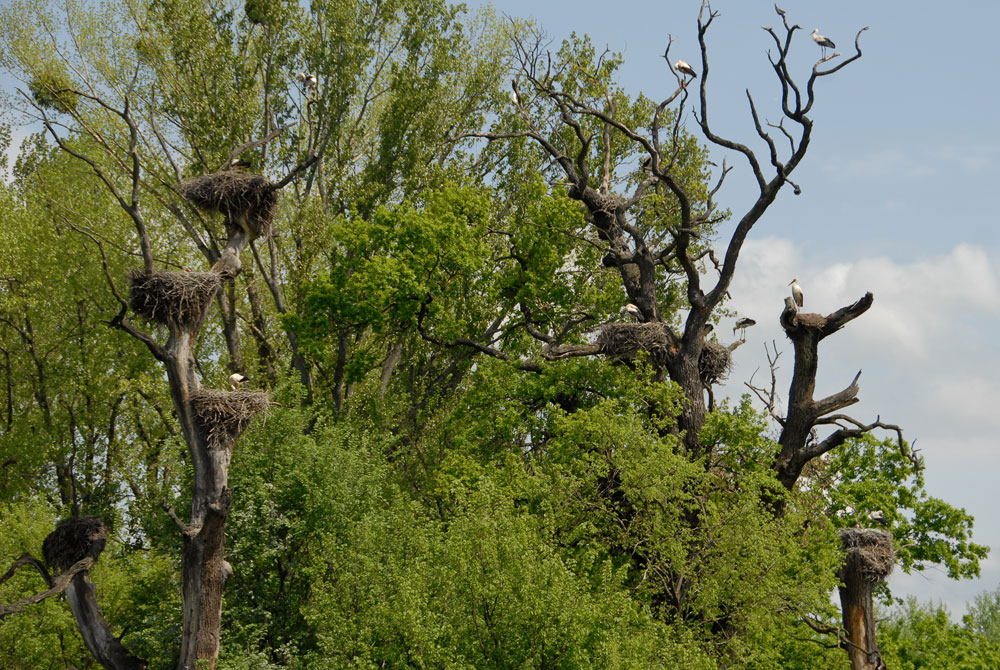Marchegg, Austria, 2002
Facts and Figures
- Location:
- The small town of Marchegg is situated approx. 45 km north-east of Vienna at the border to Slovakia, on River March (Morava) and on the European Green Belt.
- Population:
-
 40Min. and max. numbers of breeding pairs since the year 2012
40Min. and max. numbers of breeding pairs since the year 2012 3.000Inhabitants in the year 2017
3.000Inhabitants in the year 2017 - White stork in German:
- Weißstorch
- Nesting sites:
- On trees, on the roofs of the castle and buildings nearby
- Events:
- Storchenhaus visitors center, excursions in the reserve and the region, exhibitions on history and nature
Contact
Marchegger Storchenhaus
Im Schloss 1
2293 Marchegg, Austria
+43681 816 446 56
marchegger.storchenhaus(at)gmail.com
www.wwf.at/Storchenhaus
Google Map
This map is currently hidden to protect your privacy. If you click the button below it will be loaded from Google.
When enabling the checkbox below your preference will be stored as a cookie to automatically display all maps on page load. The cookie will be stored for one week.
Nesting sites
Most of the White Storks are breeding on trees within a bigger colony in the WWF reserve “Untere Marchauen”, some are breeding on the roofs of the castle and buildings nearby.
Events and tourism
Storchenhaus (stork house) visitors center run by the club March.Raum
regular excursions in the reserve and the region
Marchegg was founded in 1260 by Přemysl Ottokar II. (Bohemia). Large parts of the medieval protection wall and parts of the towers have been preserved until today. The baroque castle houses exhibitions on the town’s history and the rich nature around it.

Landscape and habitat
Marchegg lies in the heart of the 38,500 hectare Ramsar site Donau-March-Thaya-Auen, as well as within the 15,000 hectare EU Natura 2000 site March-Thaya-Auen. Since the 1970ies the 1,100 hectare large WWF Auenreservat Marchegg (floodplain reserve) in the north of the town is national protected area. Here, most of the white storks are breeding in old oaks and ashes. But also black stork, grey heron, night heron, white-tailed eagle, eagle owl, black and red kite are breeding within this reserve.
The north-eastern part of Austria is a rather dry landscape of pannonian character. In the alluvium of the two main rivers March and Thaya (Dyje) you find extended near natural floodplain forests and meadows. The regular floods of these two rivers are very important for life in the floodplains. Other parts of the so called Marchfeld are rather sandy (former shifting sand dunes) and dry. This mosaic of very different habitats and the geographical situation at the edge of different climate regions causes a very high biodiversity, with e.g. about 1,300 plant species or about 300 different bird species. About 500 species of plants and animals are endangered.
Conservation
- The breeding grounds of the White Stork are inspected throughout the breeding season, breeding success is being documented.
- Broken nests are also documented and replaced if possible and necessary. Willow baskets are installed at suitable places if necessary.
- Since 2015 an extensive grazing project with Konik horses is implemented in the WWF reserve around the white stork colony on 70 hectares. This near natural meadow management should foster biodiversity and also the availability of food for the White Stork.
Local players and EuroNatur partners
The municipality of Marchegg, the club March.Raum and the NGO WWF Austria
 Report sighting
Report sighting
Have you seen a white stork or another interesting species of animal, plant or fungus? Make your observation count for nature conservation and share it with other nature lovers! It’s free and it’s fun!






